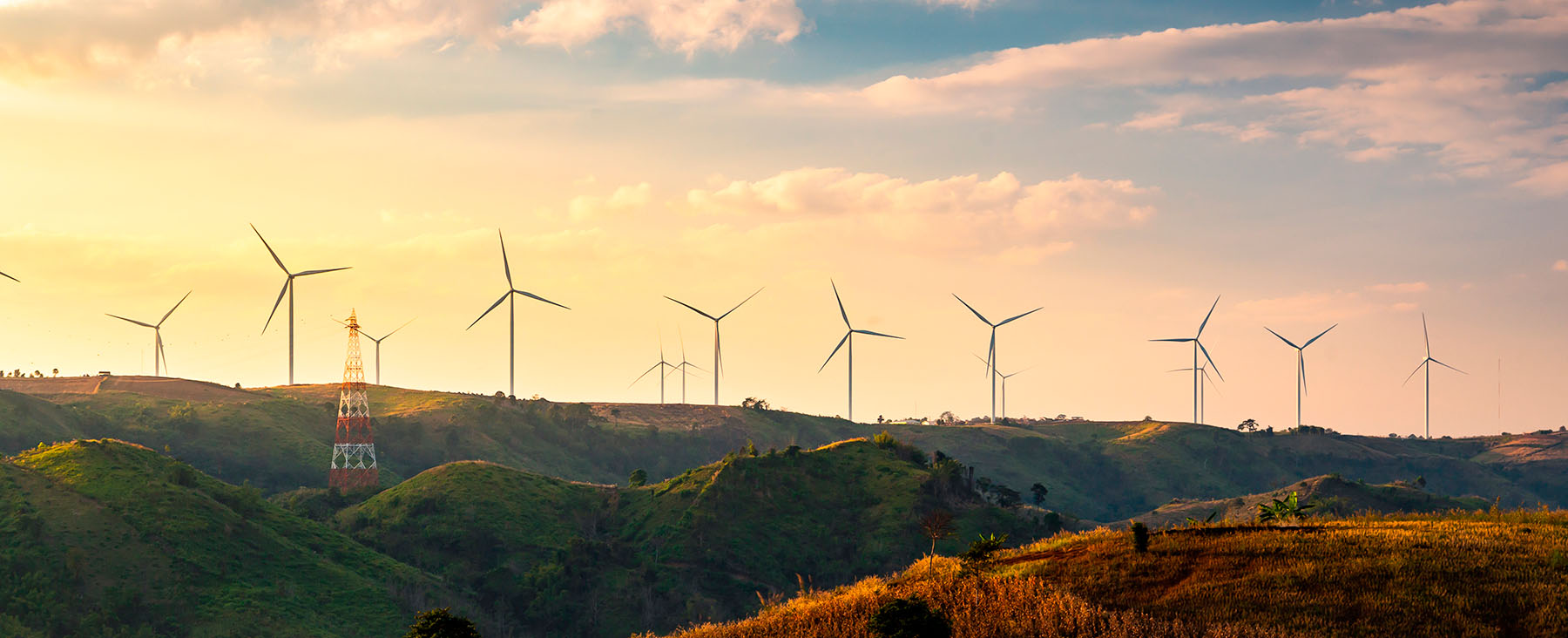

There is no time to slow climate change
The facts are clear: the time to act if we want to slow climate change is now, according to a UN report. This would require cutting greenhouse gas emissions by almost half by 2030 and to zero by mid-century. Otherwise, the battle will be lost.
Greenhouse gas emissions reached record highs in the past decade. Although the rate of growth has slowed, the report “Climate Change 2022: Mitigation of Climate Change” warns that limiting global warming to 1.5 °C will only be possible with immediate and deep cuts in emissions.
To achieve this, major transitions in the energy sector are needed, according to the report by the UN’s Intergovernmental Panel on Climate Change (IPCC). These include a substantial reduction in the use of fossil fuels, widespread electrification, greater energy efficiency and the use of alternative fuels such as hydrogen.
It should be noted that between 2010 and 2019, for example, the price of solar power and lithium batteries fell by 85% and wind power by 55%, which has enabled the spread of these alternative energy sources.
“We are at a crossroads,” said Hoesung Lee, chairman of the IPCC, after the release of the report. Lee believes it is feasible to slow climate change if the political will is there: “The decisions we make now can secure a liveable future. We have the tools and know-how required to limit warming.”
Critical years ahead
The problem with climate change is that we are running out of time. According to the report, to limit warming to about 1.5 °C, global greenhouse gas emissions need to start falling from 2025, in just three years, and fall by almost half by 2030. In addition, global net carbon dioxide emissions should fall to zero by the early 2050s.
“Having the right policies, infrastructure and technology in place to enable changes to our lifestyles and behaviour can result in a 40-70% reduction in greenhouse gas emissions by 2050,” explained Priyadarshi Shukla, one of the study’s authors.
In addition, Shukla said, “global Gross Domestic Product (GDP) would be just a few percentage points lower in 2050 if we take the actions necessary to limit warming to 2 °C or below, compared to maintaining current policies.”
Multiple policy options
According to the report, emission reduction in urban areas can be achieved through reduced energy consumption (with more compact and walkable cities), electrification of transport in combination with low-emission energy sources, and increased CO₂ capture through green spaces. One of the research leaders, Jim Skea, highlighted in particular the importance of energy efficiency in buildings to curb urban emissions.
Moreover, some solutions can even help limit the impacts associated with climate change. For example, networks of parks and open spaces, wetlands and urban agriculture can reduce the risk of flooding and heat-island effects.
Reducing emissions in industry, which accounts for a quarter of the total, will require new production processes, low and zero emissions electricity, hydrogen and, where necessary, carbon capture and storage, according to the report. It will also require more efficient use of materials and waste reduction.
For basic materials such as steel, building materials and chemicals, the report notes that low- to zero-greenhouse gas emission production processes are already being tested.
The report shows that while financial flows are three to six times less than needed to limit warming to below 2 °C by 2030, there is sufficient capital and liquidity globally to achieve the required investment. It therefore calls for clear signals from governments and international institutions, as well as greater coordination.
If you want to discover how to drink the best water, save money and help the planet, go to 11Onze Essentials.
Leave a Reply
You must be logged in to post a comment.





Gràcies!
Gràcies a tu per ser-hi Joan!
Bon reportatge. Gràcies.
A tu per seguir-nos Pere!
👍
Gràcies, Manel!!!
Sembla important que les polítiques per respectar el mig ambient ,realment s’apliquin o darrera de tot això hi ha nous negocis a fer?
De moment ja portem temps d’educació recicladora,parlo clar a nivell individual
Temps al temps
Clarament Alicia, potser haurem de pensar en empreses que donin un benefici social i/O ecològic i deixar de perseguir beneficis.
Sempre hi han negocis a fer, i es fan. Alguns aguanten, d’altres són un èxit i altres baicen lanpersiana. El que passa es que tot i la gran educació recicladora, no es trasllada a la pràctica i no hi han suficients hàbits de consum que permetin funcionar als negocis que hi han darrera de les polítiques de respecte del medi ambient. I ara o més endavant no se quan però entrarem en una fase que a alguns ens obligaran si o si i a d’altres no, aquí entra el risc de conflictes entre països, que en la meua opinió es el que estem vivint fà temps. Ja saps…negacionistes q neguen el canvi climatic i enceguen fabriques de combustió fossil, el tractat de París…etc.etc. Tant de bò es posin d’acord i fem efectives totes les polítiques de respecte del medi-ambient 🙏
Gràcies per la teva reflexió, Alícia!